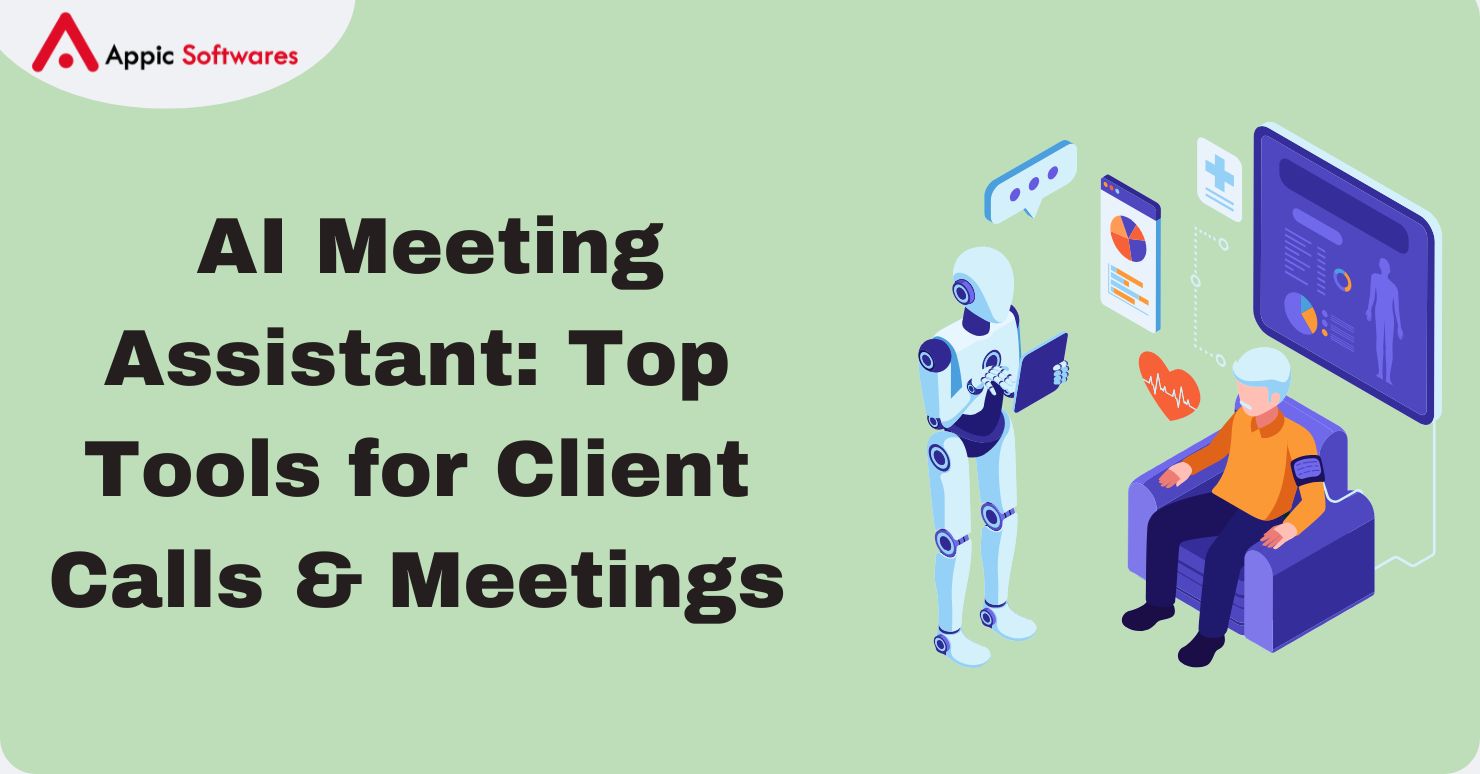
Insurance fraud is a big problem that costs companies a lot of money every year. The annual cost of insurance fraud to the US economy is around 1.5% of GDP. When people lie to get insurance payouts they don’t deserve, it affects everyone by raising the cost of insurance for honest customers. Luckily, there’s a smart tool helping to fight this issue: machine learning. Machine learning is like teaching a computer to spot bad behavior by looking at data. In this article, we’ll explain everything you need to know about insurance fraud detection machine learning. So, keep reading
What Are The Most Common Insurance Frauds?

Insurance fraud happens when someone tricks an insurance company to get money they shouldn’t. It’s sneaky, and it comes in many forms. Below, we’ll break down the most common types of insurance fraud so you can see how widespread this problem is.
1. Auto Insurance Fraud
Auto insurance fraud is one of the top types people try. It’s all about cars and driving. Here’s how it happens:
- Staging Accidents: Some people plan fake car crashes. For example, they might slam on their brakes in traffic so someone hits them from behind. Then, they claim it was an accident to get money for repairs or injuries.
- Exaggerating Injuries: After a real crash, a person might say they’re hurt worse than they are. Maybe they claim a sore neck is a big injury to get extra cash from the insurance company.
- False Theft Reports: Someone might hide their car or sell it, then tell the insurance company it was stolen. They collect the payout even though nothing was really taken.
This type of fraud is common because cars are everywhere, and claims happen all the time.
2. Health Insurance Fraud
Health insurance fraud involves lying about medical stuff to make money. It can happen with doctors, patients, or even clinics. Check out these examples:
- Billing for Services Not Done: A doctor might send a bill for a checkup or test that never happened. The insurance pays, and the doctor pockets the cash.
- Upcoding: This is when someone bills for something more expensive than what they did. Imagine a simple bandage job being billed as a big surgery—sneaky, right?
- Unbundling: Some medical services should be billed together for a lower price. But unbundling splits them up into separate charges to trick the insurance into paying more.
- Health insurance fraud is tough to catch because medical records can be confusing, and not everyone checks them closely.
3. Property Insurance Fraud
Property insurance fraud is about homes, businesses, or stuff people own. Here’s how it works:
- Inflating Value: After a fire or flood, someone might say their ruined TV was worth $2,000 when it was really a cheap $200 one. They get more money than they should.
- Arson: In extreme cases, people burn down their own house or business on purpose. They claim it was an accident and collect a big insurance check.
This fraud hurts because it often involves big claims, and insurance companies have to pay out a lot.
4. Life Insurance Fraud
Life insurance fraud is less common but still happens. It’s about tricking the system with life or death. Here are two ways:
- Faking Death: Someone pretends to die or says a family member did to cash out a life insurance policy. They might even use fake papers to prove it.
- Lying on Applications: People might hide health problems, like smoking or a heart issue, when signing up for life insurance. This gets them cheaper rates or coverage they wouldn’t qualify for.
Life insurance fraud is tricky because it involves big payouts and lots of trust.
These examples show how creative fraudsters can be. That’s why tools like insurance fraud detection machine learning are so important they help spot these tricks fast.
Applications of Machine Learning in Financial Fraud Detection
Machine Learning (ML) is revolutionizing financial fraud detection by identifying suspicious transactions, patterns, and behaviors in real time. It helps financial institutions minimize fraud-related losses, improve security, and enhance customer trust. Below are three major applications of ML in financial fraud detection.
1. Online Payment Fraud Detection
With the rise of digital payments, online payment fraud has become a major concern for businesses and financial institutions. Fraudsters use stolen credit card details, fake accounts, and identity theft to carry out unauthorized transactions. Machine learning algorithms can help detect and prevent such fraud through:
- Anomaly Detection: ML models analyze transaction patterns and flag unusual activities, such as sudden high-value purchases, transactions from unknown locations, or rapid multiple transactions.
- User Behavior Analysis: AI tracks user behavior, such as login locations, device usage, and spending habits. If an activity deviates from the user’s normal behavior, it is flagged as potentially fraudulent.
- Real-Time Transaction Monitoring: ML-powered fraud detection systems analyze transactions in real-time, blocking suspicious transactions before they are processed.
- Fraud Score Assignments: Machine learning models assign risk scores to transactions based on past fraudulent patterns, helping businesses take precautionary actions.
2. Credit Card Fraud Detection
Credit card fraud is one of the most common types of financial fraud, where fraudsters steal card details to make unauthorized purchases. ML models can significantly reduce credit card fraud using:
- Supervised and Unsupervised Learning: Supervised learning algorithms use labeled fraud and non-fraud transactions to predict potential fraud. Unsupervised models detect anomalies in spending patterns.
- Geolocation-Based Authentication: If a transaction occurs in a location far from a user’s regular location, the system may require additional verification.
- Time-Series Analysis: ML examines transaction patterns over time to identify fraudulent activities, such as multiple transactions within a few seconds or purchases in different countries simultaneously.
- Biometric Verification: AI integrates with facial recognition and fingerprint authentication to ensure the transaction is performed by the real cardholder.
3. Fraudulent Loan Application Detection
Fraudulent loan applications involve fake identities, falsified income details, and stolen personal information to obtain loans illegally. Machine learning can help detect fraudulent loan applications in several ways:
- Identity Verification: ML models verify customer identities using facial recognition, document verification, and historical data to prevent fake applications.
- Credit Scoring Enhancement: Traditional credit scoring methods may overlook certain risks. ML-based credit scoring considers multiple factors, such as online behavior, social media activity, and transaction history, to detect potential fraud.
- Pattern Recognition: AI can identify patterns in fraudulent loan applications, such as mismatched addresses, multiple applications from the same device, or unusual document submissions.
- Behavioral Biometrics: AI analyzes user behavior, such as typing speed, navigation patterns, and login habits, to differentiate real users from fraudsters.
How Insurance Fraud Detection Using Machine Learning Works?
Now that we know what insurance fraud looks like, let’s talk about how insurance fraud detection machine learning stops it. Machine learning is like a super-smart assistant that learns from examples and finds things humans might miss. Here’s how it works, step by step.
What Is Machine Learning?
Machine learning is a way to teach computers to figure things out on their own. Instead of giving them strict rules, you show them data and let them learn patterns. For fraud detection, there are three main types:
- Supervised Learning: The computer gets a big list of past claims. Some are marked “fraud,” and some are “okay.” It studies these examples to learn what fraud looks like.
- Unsupervised Learning: Here, the computer doesn’t get any labels. It just looks at all the claims and finds ones that seem odd or different from the rest.
- Semi-Supervised Learning: This mixes both. The computer uses a few labeled examples and a lot of unlabeled ones to spot fraud.
Each type has its strengths, and insurance companies pick the best one for their needs.
Training the Model
To make insurance fraud detection machine learning work, you need to train it first. Training is like teaching a kid by showing them examples. Here’s what happens:
- Using Past Data: Companies gather tons of old claims some honest, some fake. This data is the teacher.
- Looking at Features: The computer checks details in each claim, like how much money was asked for, where the claim came from, the person’s past claims, or even the time of day it was filed.
- Learning Patterns: Over time, the computer figures out what makes a claim suspicious. Maybe claims filed at midnight or from people with lots of past accidents are more likely to be fraud.
Training takes time and lots of data, but it’s worth it because the computer gets really good at spotting trouble.
Spotting Fraud in New Claims
Once the machine learning model is ready, it starts working on new claims. Here’s how it catches fraud:
- Checking Each Claim: When someone files a claim, the model looks at all the details like the amount, the story, and the person’s history.
- Making Predictions: The model gives a score or a yes/no answer. For example, it might say, “This claim has a 90% chance of being fraud.”
- Flagging Suspicious Ones: If a claim looks fishy, it gets sent to a human to double-check. This saves time because not every claim needs a person to review it.
For instance, if someone claims their car was stolen but they’ve reported three “stolen” cars in two years, the model might flag it as odd. That’s the power of fraud detection with machine learning, it sees things we might not.
Why It’s Awesome
Using insurance fraud detection machine learning has some big wins:
- Super Fast: It can check thousands of claims in seconds, way faster than a person.
- Fewer Mistakes: It catches more fraud and doesn’t bother honest people as much.
- Saves Money: By stopping fraud early, companies lose less cash.
Plus, this tech isn’t just for insurance. It’s also great for fraud detection in banking using machine learning, where it spots weird money moves fast.
How Much Does It Cost To Develop Insurance Fraud Detection Machine Learning Model?
Building a machine learning model for insurance fraud detection machine learning isn’t cheap, but it can save companies big bucks in the long run. The cost depends on a few things, and we’ll break it down so you get the full picture.
What Affects the Cost?
Lots of stuff can change how much it costs to make this system. Here’s what matters:
- Data Stuff: If a company already has tons of clean, organized claim data, it’s easier and cheaper. But if they need to gather new data or fix messy records, that adds up.
- Model Complexity: A simple model might just look at basic patterns, while a fancy one could dig into tons of details. Fancy ones cost more because they need more work and power.
- People Power: You need smart folks, like data scientists who know machine learning and insurance. Hiring them isn’t cheap.
- Fitting It In: The model has to work with the company’s current setup, like their claim system. Making everything play nice together takes extra effort.
For example, a small company with little data might spend more to get started, while a big one with years of records might save some cash.
How Much Are We Talking?
It’s hard to pin down an exact number because every project is different. But here’s a rough idea:
- Small Project: A basic model might cost $50,000 to $100,000. This could work for a smaller company with simple needs.
- Big Project: A super-smart model for a huge insurance company could hit $500,000 or more. This includes top-notch tech and lots of custom work.
On top of that, you’ve got ongoing costs. Fraudsters keep changing their tricks, so the model needs updates and fresh data to stay sharp. That might add $10,000 to $50,000 a year, depending on the size.
Companies working on online payment fraud detection using machine learning often use similar tech, so some costs might overlap if they tackle both. Partnering with a Finance App Development Company can be a strategic move, as these firms specialize in creating tailored AI solutions that integrate seamlessly with existing financial systems.
Is It Worth It?
Even though it’s a big investment, stopping fraud can save way more. If a company loses $10 million a year to fraud and a $200,000 model cuts that in half, they’re still ahead by millions. It’s like spending a little to protect a lot.
FAQs
People have lots of questions about insurance fraud detection machine learning. Let’s answer some of the big ones.
1. How Accurate Are These Models?
Machine learning models can be really good, often hitting 90% accuracy or better. That means they’re right about fraud 9 out of 10 times. But it depends on the data they learn from. Good, clear data makes them sharper. They’re not perfect, though, and sometimes they flag an honest claim by mistake or miss a sneaky fraud. Companies tweak them to balance catching fraud without annoying good customers.
2. Can Machine Learning Stop All Fraud?
Nope, it can’t stop everything. Fraudsters are clever and always coming up with new ideas. Machine learning makes it way harder for them, but some still slip through. Think of it like a really good lock—it keeps most thieves out, but a super-smart one might still find a way. The goal is to catch as much as possible, and it does that really well.
3. What’s Hard About Using This Tech?
Setting up fraud transaction detection using machine learning isn’t a walk in the park. Here are some tough parts:
- Privacy Rules: Companies have to protect customer info and follow laws, which can make things tricky.
- Bad Data: If the data is messy or missing pieces, the model won’t work as well.
- Keeping Up: Fraud changes fast, so the model needs regular tune-ups to stay smart.
Even with these challenges, tons of companies use this tech because it works so well. For example, AI agents in finance are popping up to help with stuff like this, making the process smoother.
Conclusion
Insurance fraud is a sneaky problem that hits companies and customers hard. But insurance fraud detection machine learning is a great. It spots fraud fast by learning from data, saving time and money. We’ve covered the big types of fraud, like auto, health, property, life, and how machine learning catches them. We also looked at the cost to build these systems, which can range from $50,000 to $500,000, depending on the setup.
Looking to integrate machine learning for fraud detection in your insurance business? Contact Appic Softwares today and let’s build a smarter, fraud-proof future together!








